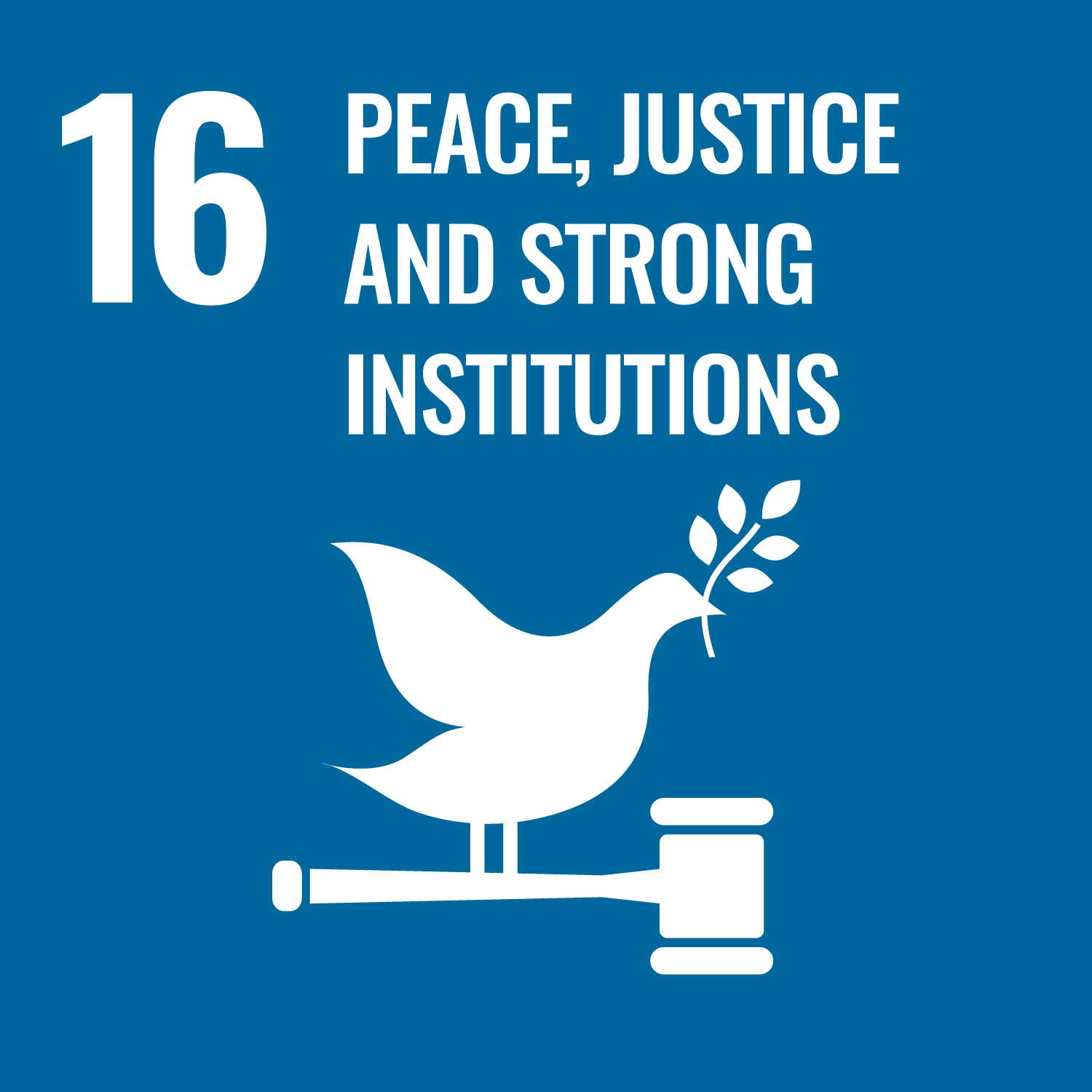This 244-page manual examines the role of national human rights institutions (NHRIs) in the protection of the rights of people with diverse SOGIESC in the Asia Pacific region. The manual highlights that human rights violations on the basis of SOGIESC occur in every country and that NHRIs must protect people who identify as lesbian, gay, bisexual, transgender and intersex. The manual includes detailed case studies of the work of NHRIs to enable NHRIs to learn from one another.
Chapter one defines and discusses the terms sexual orientation, gender identity and sex characteristics (SOGIESC). Chapter two, three and four outline some of the experiences and discrimination faced by people who are lesbian, gay, bisexual, transgender and intersex in the Asia Pacific region. Chapter five examines the developments in international human rights laws in relation to SOGIESC. Chapter six discusses the Yogyakarta Principles, the international human rights statement on the promotion and protection of the rights of people with diverse SOGIESC. Chapter seven then outlines the Asia Pacific Forum’s response to the Yogyakarta Principles. Lastly, chapter eight considers what else NHRIs can do to protect the human rights of people with diverse SOGIESC. This includes a series of 50 recommendations that NHRIs can implement.






